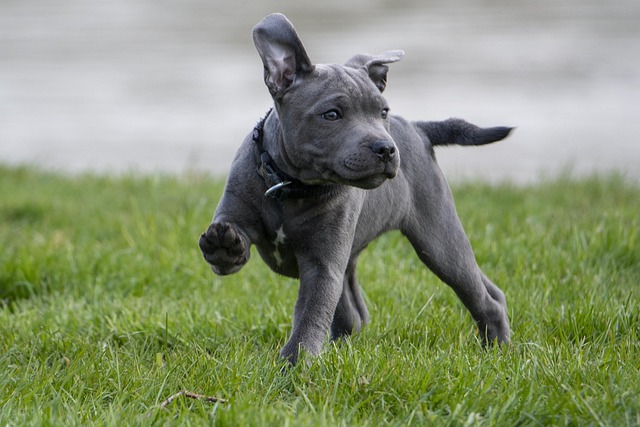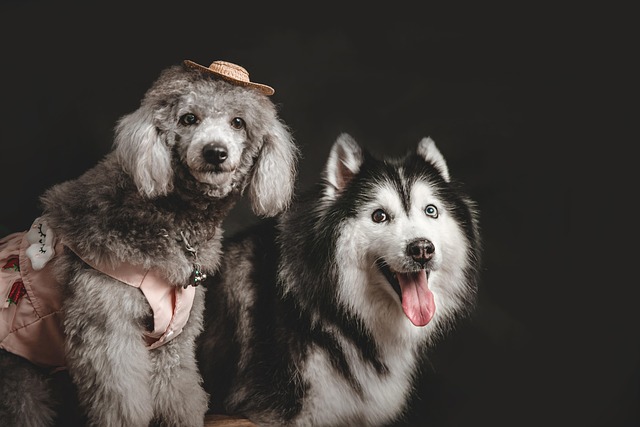
How to teach a dog to sit down?
Teaching a dog to sit forms the foundation of good behavior, creating moments of calm in busy households and public spaces alike.
Picture this: you've just adopted a rescue dog with soulful eyes and a slightly nervous tail wag. His paperwork suggests he's around four years old, and you realize he flinches at passing skateboards and hides when guests arrive. That nagging question surfaces – have you missed the boat on socialization? Let's unpack what socialization really means. It's not just about dog parks and pats; it's how dogs learn to navigate our human-dominated world without stress. Puppies have that famous "critical period" between 3-14 weeks where their brains are like sponges soaking up new experiences. Breeders and early caregivers play a huge role here, gently introducing pups to varied surfaces, sounds, people, and other animals in positive ways. Missing this window doesn't spell doom, though it often means playing catch-up later.
So, is it genuinely too late for your adult dog? Absolutely not, and clinging to that myth does more harm than good. While early socialization is undeniably easier, canine brains retain plasticity throughout life. Think of an unsocialized adult dog not as "broken," but as someone who never learned a specific language – say, "city living" or "toddler etiquette." Scientific studies, including work by veterinary behaviorists like Dr. Karen Overall, consistently show dogs can form new positive associations well into their senior years. The real shift isn't in possibility, but in methodology. Forget forcing interactions; successful late socialization hinges on patience, reading your dog's subtle stress signals (licking lips, whale eye, stiff body), and letting them set the pace. That "critical period" isn't an expiration date, it's just the VIP entrance – the general admission line stays open much longer.
Okay, let's be real – socializing an older dog isn't a walk in the park (yet!). You might face hurdles like deep-seated fear reactions or leash reactivity born from past negative encounters. An adult dog who lunges at other dogs isn't being "dominant"; he's likely terrified and lacks coping skills. Past trauma, unknown health issues (always rule out pain with your vet first!), or simply ingrained habits complicate things. Living in a bustling apartment adds another layer; constant elevator dings or hallway foot traffic can overwhelm a dog lacking positive urban exposure. Unlike a blank-slate puppy, your adult dog brings a history. That history might include learned behaviors like barking to make scary things go away, making progress feel frustratingly slow some days. Recognizing these challenges isn't discouragement; it’s strategic preparation.
How do we actually help these dogs? Ditch the puppy playbook. For older dogs, we lean heavily on desensitization and counterconditioning (DS/CC). This isn't fancy jargon; it’s about changing emotional responses. Start ridiculously small. If your dog panics at passing cars, begin sessions blocks away where the car is just a quiet speck. Pair that distant sight with something amazing – tiny bits of roasted chicken. Gradually, over many sessions, decrease the distance *only* if your dog remains relaxed. This is the core principle. For apartment dwellers, practice "sound socializing": play recordings of doorbells or sirens at ultra-low volume while feeding treats, slowly increasing volume over weeks. Leash reactivity? Master the "U-turn" – calmly changing direction *before* your dog reacts, rewarding heavily for disengaging. Always prioritize management; a basket muzzle isn't failure, it's responsible safety during training. Crucially, never force interaction. Letting your dog observe the world from a safe distance (like sitting in your car in a parking lot) is valid socialization. Remember cultural norms: using positive reinforcement aligns with modern animal welfare standards across the US and EU – harsh corrections or flooding techniques are outdated and often counterproductive, potentially violating local animal cruelty ordinances. Patience isn't just virtue; it's policy.
Take Max, a seven-year-old Border Collie mix rescued from a rural hoarding situation by a shelter in Portland. City life terrified him – buses were monsters, strangers were threats. His adopters, armed with DS/CC techniques and guidance from a certified behavior consultant (look for credentials like KPA-CTP or IAABC!), started with sitting on their porch steps. They’d toss chicken every time a distant person appeared, never pushing closer until Max relaxed. Walks happened at dawn initially, avoiding triggers. After six months, Max could walk calmly past a busy playground. Not "perfect," but profoundly improved. Or consider Bella, a senior Shih Tzu in a Chicago high-rise who trembled at elevator doors. Her owner practiced short "evaluate and retreat" sessions multiple times daily, pairing the 'ding' sound with cheese. Progress was measured in micro-moments, not giant leaps. These aren't flukes; they demonstrate the brain's capacity for new learning when approached with empathy and science.
Seeing Max watch a bus rumble past without panic, or Bella hop calmly into the elevator, isn't magic – it's neuroplasticity and dedicated positive training in action. While starting young is ideal, framing older dog socialization as "too late" denies countless dogs a chance at a fuller, calmer life. It demands more from us, yes. More observation, more creativity in setting up tiny wins, more management (like those essential poop bags always on hand – a non-negotiable civic duty everywhere from NYC parks to London sidewalks). But the payoff – a dog who can navigate your world with less fear – is immeasurable. Your dog's history shapes them, but it doesn't have to define their future. Find a force-free trainer, arm yourself with treats and realistic expectations, and celebrate every single moment of curiosity or calm. That next skateboard? It might just become background noise.

Teaching a dog to sit forms the foundation of good behavior, creating moments of calm in busy households and public spaces alike.

Dog aggression toward owners can show up in many ways—low growls when you reach for their bowl,snapping during grooming,or stiffening up before a nip.It's scary,but it almost always stems from fear,confusion,or feeling threatened,not malice.

If you’ve ever stood in the pet store, staring at shelves of dog treats labeled “training” or “everyday,” you might’ve wondered if there’s a real difference.

There’s no one-size-fits-all answer to what makes the best dog training, but most experts agree that methods built on positive reinforcement tend to yield the most lasting results.

Welcoming an 8-week-old puppy into your home is a joy filled with wiggly tails and endless curiosity. One of the first steps in building a strong bond is teaching them their name.

If you’ve ever sat up at night, listening to your gray-muzzled dog pace back and forth, stopping to whine or stare at a wall, you know the worry that comes with a restless senior pup.